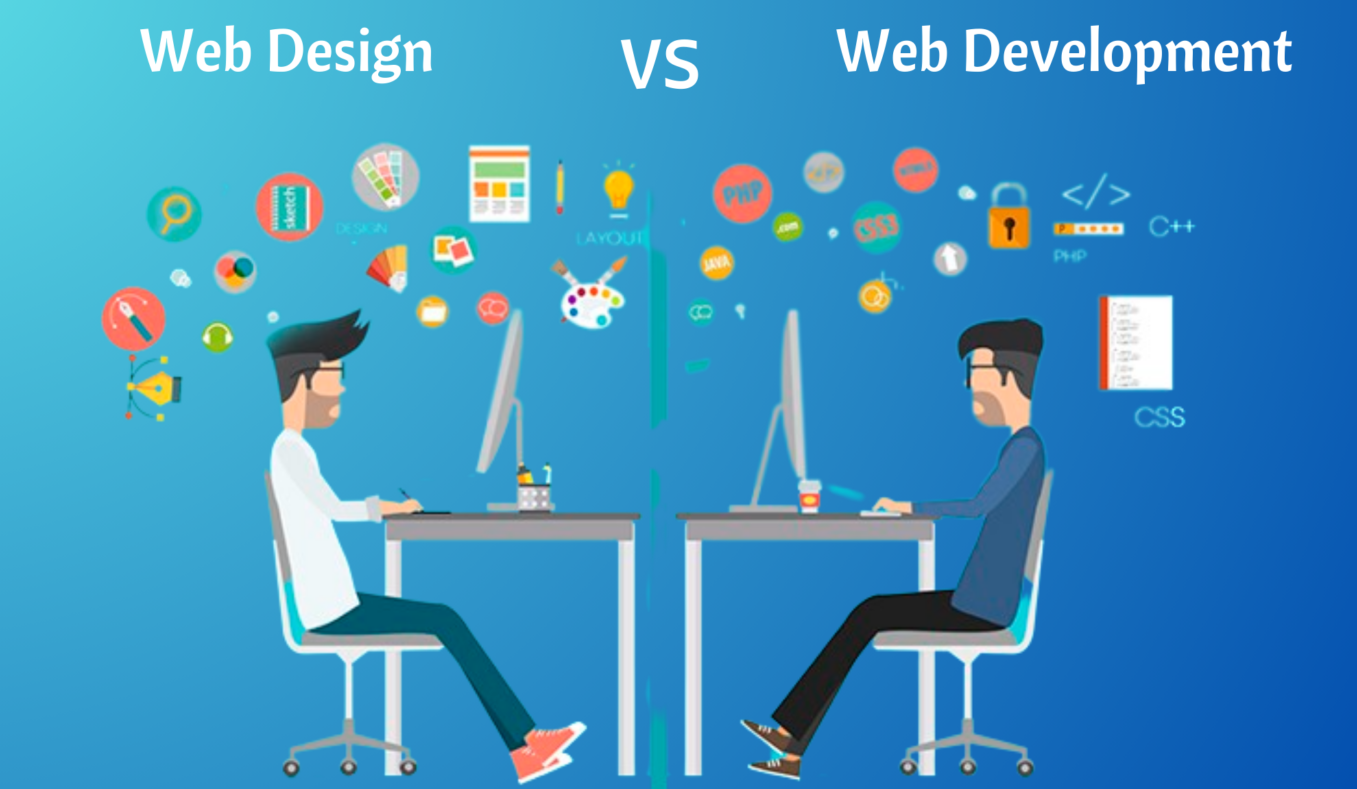Is your WordPress website secure?
Are your customer and visitor passwords, credit cards, and personal data safe from the increased amount of cyber security attacks? Hackers are trying their hardest, and it’s up to you to secure your website even harder. In this blog, you will learn why security matters and what you can do to protect your WordPress website.
Why WordPress Security is necessary?
In the first half of 2021, there were more than 86 billion password attack attempts blocked, and it is estimated that there is an average of 30,000 new websites hacked daily. Hackers and various types of malwares are stubborn in their attempts to gain access to websites and their sensitive data and information. In fact, 43% of online attacks now are aimed at small businesses, and only 14% of those businesses are prepared to safeguard themselves. Many hackers target large companies for a bigger payment. However, small and medium businesses provide an easier target for hackers, due to their lack of resources and security expertise.
WAYS TO SECURE WORDPRESS SITE
Here are some of the first things you should implement to help secure and protect your website.
1. Implement SSL Certificates
Secure Sockets Layer (SSL) certificates are an industry standard used by millions of websites to protect their online transactions with their customers. Getting one must be one of the initial steps ahead to secure your website. You can buy an SSL certificate, but most hosting providers offer them for free. Next, use a plugin to force HTTPS redirection, which activates the encrypted connection. This standard technology establishes an encrypted connection between a web server (host) and a web browser (client). By adding this encrypted connection, you can ensure that all data pass between the two remains private.
2. Require and Use Strong Passwords
Along with obtaining an SSL certificate, one of the very first things you can do to protect your site is to use and require strong passwords for all your logins. It might be easy to use or reuse a familiar or easy-to-remember password, but doing so puts you, your users, and your website at risk. Improving your password strength and security decreases your chances of being hacked. The stronger your password, the less likely you are to be a victim of cyber attack.
3. Install a Security Plugin
WordPress plugins are a best way to quickly add useful features to your website, and there are several best security plugins available. Installing a security plugin can add some extra layers of protection to your website without requiring much effort. To get you started, check out this list of recommended WordPress security plugins.
a. Wordfence Security – Firewall and Malware Scan
b. All-In-One WP Security and Firewall
d. Jetpack – WP Security, Backup, Speed, and Growth
4. Keep WordPress Core Files in Update
Keeping your WordPress up to date at all times is essential to maintaining the security and stability of your site. Every time a WordPress security vulnerability is reported, the core team starts working to release an update that fixes the issue. If you aren’t updating your WordPress website, then you are likely using a version of WordPress that has known vulnerabilities. As of 2021, there are an estimated 1.3 billion total websites on the web with more than 455 million of those sites using WordPress. Because it is so popular, WordPress is a prime target for hackers, malicious code distributors, and data thieves. Don’t leave yourself open to attack by using an old version of WordPress. Turn on auto-updates and forget about it. If you would like an even easier way to handle updates, consider a Managed WordPress Hosting solution that has auto-updates built in.
5. Pay Attention to Themes and Plugins
Keeping WordPress updated ensures your core files are in check, but there are other areas where WordPress is vulnerable that core updates might not protect – such as your themes and plugins. For beginners, only install plugins and themes from trusted developers. If a plugin or theme wasn’t developed by a credible source, you are probably safer not using it. On top of that, make sure you update your WordPress plugins and themes.
6. Run Frequent Backups
One way to protect your WordPress website is to always have a current backup of your site and important files. The last thing you want is for something to happen to your site and you do not have a backup. Backup your site, and do so often. That way if something does happen to your website, you can quickly restore a previous version of it and get back up and running faster.
7. Never Use the “Admin” Username
Because “admin” is such a common username, it is easily guessed and makes it much easier for scammers to trick people into giving away their login credentials. Never use the “admin” username. Much like having a strong password, using a unique username for your logins is a good idea because it makes it much harder for hackers to crack your login info. If you are currently using the “admin” username, change your WordPress admin username.
8. Hide Your WP-Admin Login Page
By default, a majority of WordPress login pages can be accessed by adding “/wp-admin” or “/wp-login.php” to the end of a URL. This makes it easy for hackers to start trying to break into your website. Once a hacker or scammer has identified your login page, they can then attempt to guess your username and password in order to access your Admin Dashboard. Hiding your WordPress login page is a good way to make you a less easy target.
9. Disable XML-RPC
WordPress uses an implementation of the XML-RPC protocol to extend functionality to software clients. This Remote Procedure Calling protocol allows commands to be run, with data returned formatted in XML. Most users don’t need WordPress XML-RPC functionality, and it’s one of the most common vulnerabilities that opens users up for exploits. That’s why it’s a good idea to disable it. Thanks to the Wordfence Security plugin, it is really easy to do just that.
10. Harden wp-config.php File
Your WordPress wp-config.php file contains very sensitive information about your WordPress installation, including your WordPress security keys and the WordPress database connection details, which is exactly why you don’t want it to be easy to access. You can “harden” your website by protecting your wp-config.php file via your .htaccess file. This basically means you are giving your site some extra security against hackers.
11. Run a Security Scanning Tool
Sometimes your WordPress website might have a vulnerability that you had no idea existed. It’s wise to use tools that can find vulnerabilities and fix them for you. The WP Scan plugin scans for known vulnerabilities in WordPress core files, plugins, and themes. The plugin also notifies you by email when new security vulnerabilities are found.
12. Search a Hosting Company that safeguard your site
When looking for a hosting company, you want to find that is fast, reliable, secure, and will support you with great customer service. One of the best things you can do to protect your site is to choose the right hosting company to host your WordPress website (https://babal.host).
13. Use Latest PHP Version
Outdated versions of PHP are no longer safe to use. If you aren’t on the latest PHP version, upgrade your PHP version to secure yourself from attack.
14. Use a Web Application Firewall
One of the final techniques you can do to add extra security measures to your WordPress website is to use a web application firewall (WAF). A WAF is usually a cloud-based security system that offers another layer of protection around your site. It blocks all hacking attempts and filters out other malicious types of traffic, like distributed denial-of-service (DDoS) attacks or spammers. WAFs usually require monthly subscription fees, but adding one is worth the cost if you place a premium on your WordPress website security.
Nothing is secure in this world even website and accounts. Prevention is
better than cure. So, always take security measures to prevent from
damage, vulnerability and attack in your website.





